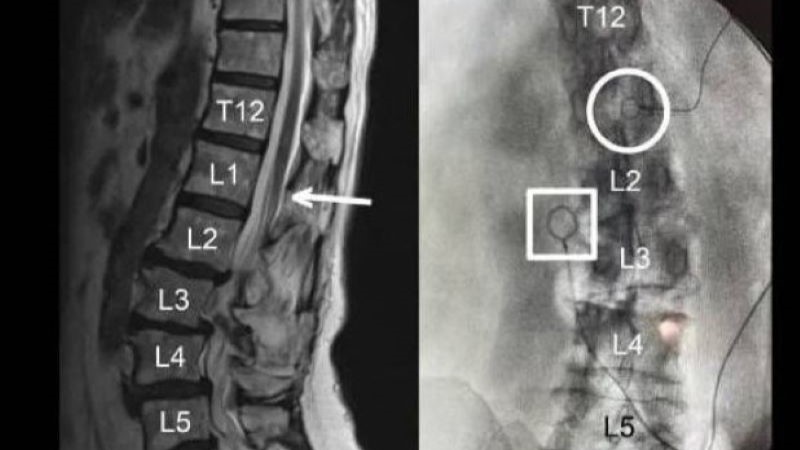
A recent study evaluated the risk of injury between two different foot strike patterns in runners.
“Running participation continues to increase. The ideal strike pattern during running is a controversial topic,” the study authors wrote. “Many coaches and therapists promote non-rearfoot strike (NRFS) running with a belief that it can treat and prevent injury, and improve running economy.”
Here, the researchers compared NRFS running with rearfoot strike (RFS) running in terms of injury, running economy, and biomechanics.
They conducted a meta-analysis by querying Medline, Embase, CINAHL, and SPORDiscus for relevant studies.
Final analysis included 53 studies. The NRFS running pattern was retrospectively correlated with lower reported rates of mild (standard mean difference [SMD]=3.25; 95% confidence interval [CI], 2.37-4.12), moderate (SMD=3.65; 95% CI, 2.71-4.59), and severe repetitive stress injury (SMD=0.93; 95% CI, 0.32-1.55). Prospective data that compared injury risk between different running patterns were limited. With limited evidence, the researchers reported that running economy was not significantly different between habitual RFS and habitual NRFS runners at slow (10.8 km/h-11.0 km/h), moderate (12.6 km/h-13.5 km/h), and fast speeds (14.0 km/h-15.0 km/h); running economy decreased in the immediate term when habitual RFS runners implemented an NRFS running pattern at slow (10.8 km/h; SMD=–1.67; 95% CI, –2.82-0.52) and moderate speeds (12.6 km/h; SMD=–1.26; 95% CI, –2.42 to –0.10). In biomechanical outcomes, NRFS running was correlated with lower average and peak vertical loading rate (limited-moderate evidence; SMDs=0.72-2.15), lower knee flexion range of motion (moderate-strong evidence; SMDs=0.76-0.88), reduced patellofemoral joint stress (limited evidence; SMDs=0.63-0.68), and greater peak internal ankle plantar flexor moment (limited evidence; SMDs=0.73-1.33).
Study author Dr. Christian J. Barton, an injury researcher and physiotherapist, said in a press release, “Our comprehensive review suggests that telling someone to run on the ball of their foot instead of their heel may make them less efficient, at least in the short term. Additionally, there is no evidence either way on whether running on the balls of your feet reduces injury.”
Dr. Barton said that changing the running pattern will shift the body’s loads but they will still exist: “Running toe-heel might help injuries at the knee, where loads are reduced. However, it may cause injuries to the feet and ankle, where loads are increased.”
In their study, Dr. Barton and colleagues concluded, “Considering the lack of evidence to support any improvements in running economy, combined with the associated shift in loading profile (i.e., greater ankle and plantarflexor loading) found in this review, changing strike pattern cannot be recommended for an uninjured RFS runner.”
Put more simply, Dr. Barton stated, “Put simply, when it comes to running style: If it ain’t broke, don’t fix it.”







 © 2025 Mashup Media, LLC, a Formedics Property. All Rights Reserved.
© 2025 Mashup Media, LLC, a Formedics Property. All Rights Reserved.